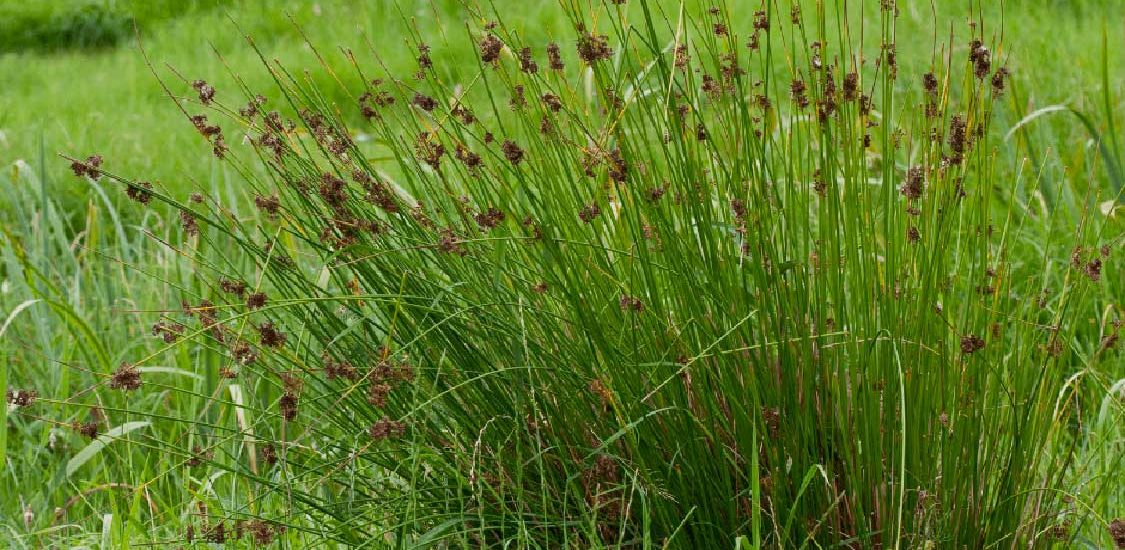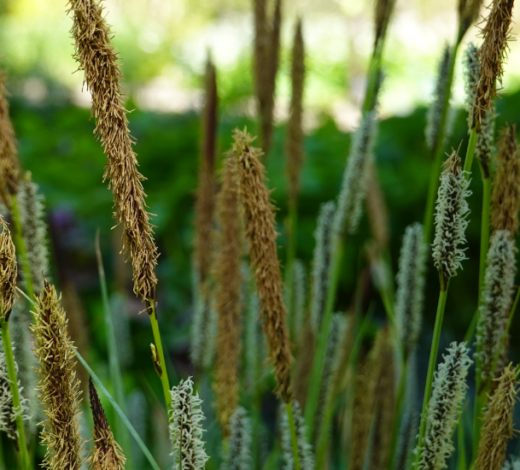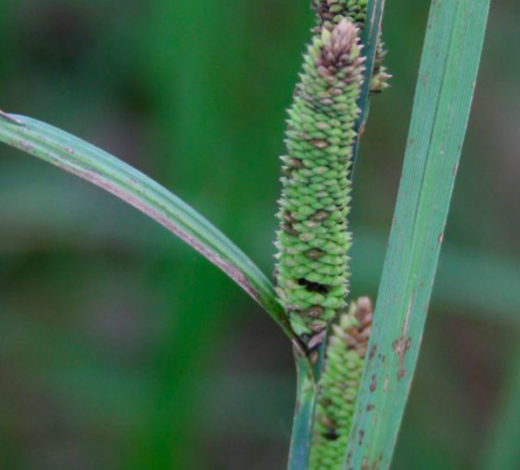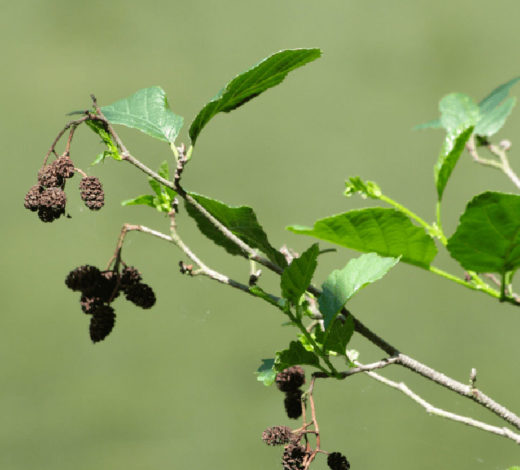Rushes
(Juncus spp.)
Grassy plants typical of damp environments with a cosmopolitan distribution. More than 300 species exist.
Family
Juncaceae
Description
Grassy plants typical of damp environments with a cosmopolitan distribution. More than 300 species exist.
Habitat
All species in the peat bogs are bound to the presence of abundant water. In fact, rushes grow in areas with lots of water at different depths depending on the species.
Uses
Rushes were historically used to make twine and Native Americans also used them as straw.
Etymology
The genus name derives from the Latin ‘iúngo’, which refers to its use as twine.
Observation
Numerous rushes from various species can be seen around bodies of water and ponds, although without forming extensive stands. A total of five species of rushes are present in the Reserve: Juncus articulatus, Juncus compressus, Juncus effusus, Juncus inflexus, and Juncus tenuis.



